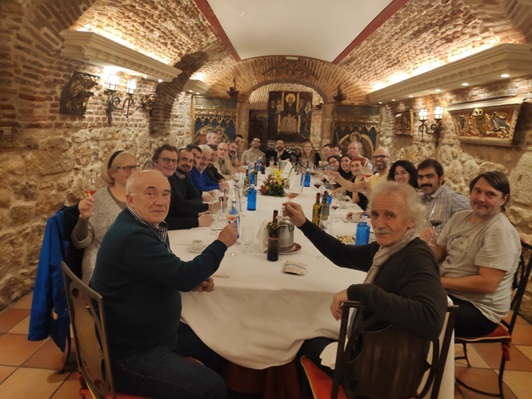- 12/4/19 9:52 AM
- Exomars Raman
During the past week, the science meeting of the Raman instrument team (RLS) of the ExoMars mission was held. This workshop brought together in our facilities of the University of Valladolid the international team of the instrument, which includes professionals from Raman spectroscopy from all corners of the world, from multiple universities (Valladolid -UVa-, Basque Country - UPV / EHU-, Complutense -UCM-, Leicester, Jena, Washington University in St. Louis -WashU-), aerospace research and development centers such as the CAB Astrobiology Center and INTA, as well as with the participation of IRAP experts and the German space agency (DLR). In addition, there has been the invaluable participation of representatives of the MicrOmega and MOMA instruments, Raman's travel companions as part of the analytical laboratory of the ExoMars rover.

This meeting has presented a unique opportunity to share the status of the instrument, as well as the research that is being carried out by the different groups to obtain the best possible science with the Raman instrument, once it is working on Martian samples. These investigations cover multiple aspects: from the characterization of the expected landing zone, the definition of the instrument's mode of operation, the study of samples considered Martian analogues, the development of data analysis tools, or the study and synthesis and analysis in the representative materials laboratory of Martian geology. And all this to prepare us to distinguish and extract the mineralogical and geological information from samples based on Raman spectroscopy data, in collaboration with the other instruments of the analytical laboratory. And of course, without forgetting the need to fulfill the primary objective of the mission: the search for life on Mars!








